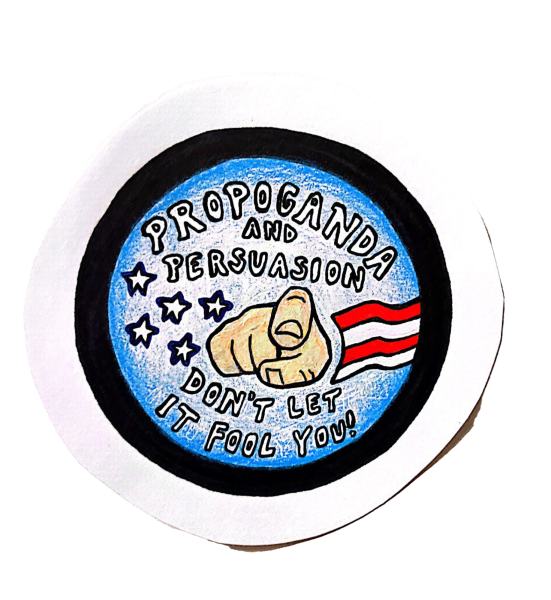When you think of political advertisements, you may think of a silly picture of a president with large bolded letters inviting you to vote. As advertisements have developed over the years, they can be harmful to the way we decode and look at the messages being presented to us.
History of Political Advertisements

The first introduction to political advertisements on television was in 1952 with an advertisement from Dwight D. Eisenhower’s presidential campaign. The ad was stylized like a Disney cartoon and was even co-created by Walt Disney’s brother, Roy O. Disney. The ad, titled “I Like Ike,” displayed characters marching around town chanting “I Like Ike,”, in reference to Eisenhower’s nickname, repeatedly until the end of the video where the narrator’s voice is inviting viewers to help with the aid of their country and vote for Eisenhower.
During the 1964 presidential election, the video ad titled, “Peace, Little Girl,” was released by President Lyndon B. Johnson’s campaign against Barry Goldwater. This infamous stylized ad displayed a young girl counting the petals on a flower, as the ad continues, the scene changes to the countdown to a nuclear bomb explosion, expressing the message of the destruction of Earth if you did not vote for Johnson.
As the style of ads developed, so did the presentation. Printed cartoons saw a resurgence, and quickly became the memorable print siblings of Television ads. Often these cartoons depicted candidates in a humorous light, poking fun at their politics set forth. They were often created by artists rather than campaign teams, allowing for humorous conversations about politics from a somewhat biased or opinionated origin. As is the nature of print in the first place.
Searching for Deeper Meaning (and hoping to find one)

Dr. Karrin Anderson, professor of communication studies at Colorado State University is currently teaching a class about political communication, assisting her students in decoding political messages.
“In our current political climate, many political ads contain disinformation or information taken wildly out of context,” Dr. Anderson said. “That makes them demagogic or propagandistic.”
According to Dr. Anderson, politicians can catch audiences’ eyes through online platforms as they can use algorithmic data, showing each voter a version of an ad that has been customized to them. This use of the online algorithm has only grown in popularity with the growth of the internet.
As she educates her students, Anderson hopes to deliver knowledge on how to be aware of the messages around them and to inspire them to educate themselves during this constantly changing political climate.
“I hope that students are alert to the ways in which some political ads use misleading or out-of-context information,” Dr. Anderson said. “Be as skeptical of a political ad as you would be of other kinds of ads trying to sell you a product. Keep in mind that politicians, unlike pharmaceutical companies, aren’t required to include a long list of side-effects and risks associated with their “products,” but that doesn’t mean those risks aren’t real.”








































